Breaking
- MENU
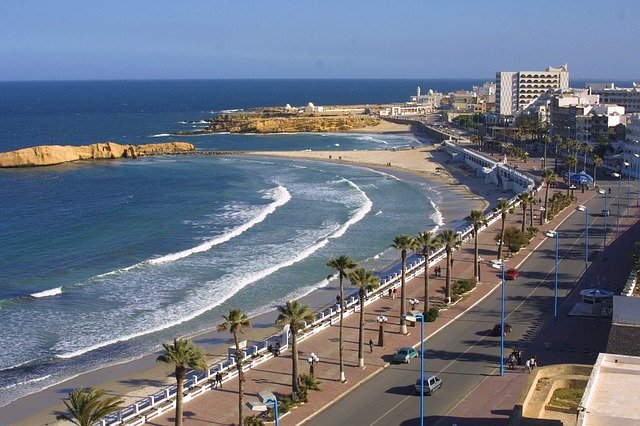
The third online MEI Speaks held on 1 July 2020 was a Discussion on Dr. Sean Foley’s Changing Saudi Arabia: Art, Culture, and Society in the Kingdom published by Lynne Rienner Publishers. The discussion by Professor of History at Middle Tennessee State University (US) was moderated by Md. Muddassir Quamar, Associate Fellow, Manohar Parrikar Institute for Defence Studies and Analysis, New Delhi.
Dr. Foley began with a small anecdote of his visit to London in 2012, wherein he attended the art exhibition titled #cometogether, which featured leading Arab and Muslim artists. Witnessing multiple exhibits, particularly from Saudi Arabia, was a life changing decision for him, altering how he understood Saudi Arabia and provided him with an intellectual framework to understand art, culture, and society in the Kingdom. He observed that the exhibition was an optimistic prophecy of the reforms that are currently being introduced in the Kingdom.
Furthermore, he said that no piece in the exhibition was more thought provoking than Ahmed Mater’s The Cowboy Code (Hadith), which is a large-scale wall-based installation of ten commandments, listed in Arabic and English using toy gun caps. These commandments or code were an appropriation of a song first performed by Gene Autry in the 1940s. The Cowboy Code included injunctions such as “the cowboy should never shoot first, hit a smaller man or take unfair advantage”, that compelled Ahmed Mater to draw a comparison between the language of two code of ethics, one from American West and from the Islamic code, known as Hadith.
Dr. Foley briefly dwelt on Syed Qutb, who he said, was aware of Autrey’s music while his sojourn in US, although later he got disillusioned with everything American. Foley further noticed that as he looked more intensely to the Cowboy Code, he got better in grasping the nuances of the code, and made it clear to him that Ahmed Mater had developed a provocative answer to Qutub. By juxtaposing these phrases, he said, Mater asked the viewers to ponder on the US cultural collision with Islam and compelled them to consider the emergence of common values instead of discord. He further elucidated that his book emerged out of realization that such exhibits allows local artist to express sophisticated opinions in a way that is different from the state-society dynamics and other dualistic structures that he and other colleagues used for decades to understand Saudi Arabia. The London exhibition introduced him to a grass root social discourse.
Dr. Foley argued that these artists articulate their feelings and experiences that the country masses cannot easily express. He said that exploring works of Saudi artist provides a fresh vision and framework to understand the Saudi society. Moreover, in the second chapter of his book, he delved into the Majlis, formed by Mater and other young artists for exploring, through conversations, the role of art and its impact on the world. He shared his experience of interviewing artists like Mater, who stressed that their objective is to generate reactions and to bring about social change, through their works. In addition to this, by early 2010s, the model pioneered by likes of Abdulnasser Gharem (another artist) and his peers, have been adopted by second generation of artists who explored same questions, but this time through stand-up comedy and social media. He quoted director Malik Nejer saying, “If you are not a thinker, you are not a good artist”.
In the final part his talk Dr. Foley explored the second generation of artists, who he found more vocal about the social issues. As an example, he said, while Saudi government and its officials negate the existence of racism in the Kingdom, comedians like Mississippi Ibrahim and Khaled Mos had referred to racial discrimination in jokes, out of their personal experiences. The contemporary Saudi Arabia creative class has undertaken a vision to transform society from bottoms-up, an approach that relies on faith and persuasion rather than toppling power structures.
The talk was followed by an interactive Q&A session. Responding questions on the position of film industry, insights on women artist and royal patronage, he observed that the film industry is emerging as a powerful phenomenon. Saudi films have started receiving nomination in Academy awards. A few Saudi directors are also being trained in the US. Saudi women are also getting roles in multiple films. Film making industry is also a featured preference in Saudi Arabia Vision 2030. Also, since 2016, there has been an attempt to bring movie industry within the larger state apparatus. In response to another question, Dr. Foley underlined that the artist are careful about cultural sensitivities in the Kingdom. Many of them have moved to Dubai, and the remaining, particularly the underground had got a perfect platform in the form of internet to demonstrate their arts. In response to another question, he underlined that Shias, the minority in the Kingdom, also constitutes a significant part of the growing artistic community.
Finally, Honorary Director MEI@ND concluded the session and thanked all guests and participants.
As part of its editorial policy, the MEI@ND standardizes spelling and date formats to make the text uniformly accessible and stylistically consistent. The views expressed here are those of the author and do not necessarily reflect the views/positions of the MEI@ND. Editor, MEI@ND: P R Kumaraswamy
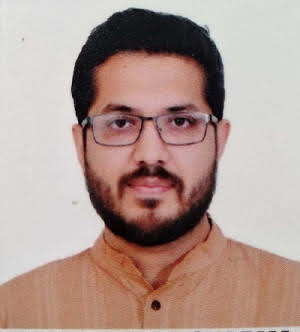
Rohit Kumar Sharma is a research scholar in Centre for West-Asian Studies, JNU. He is a law graduate and holds a master’s in international relations from South Asian University and his master’s dissertation examined the Hindutva discourse on Israel. Currently, he is working on Evolution of Cyber Security in Israel for his M Phil degree.

After being in the news for years and most of it for the wrong reasons, Shalev Hulio, co-founder and.....
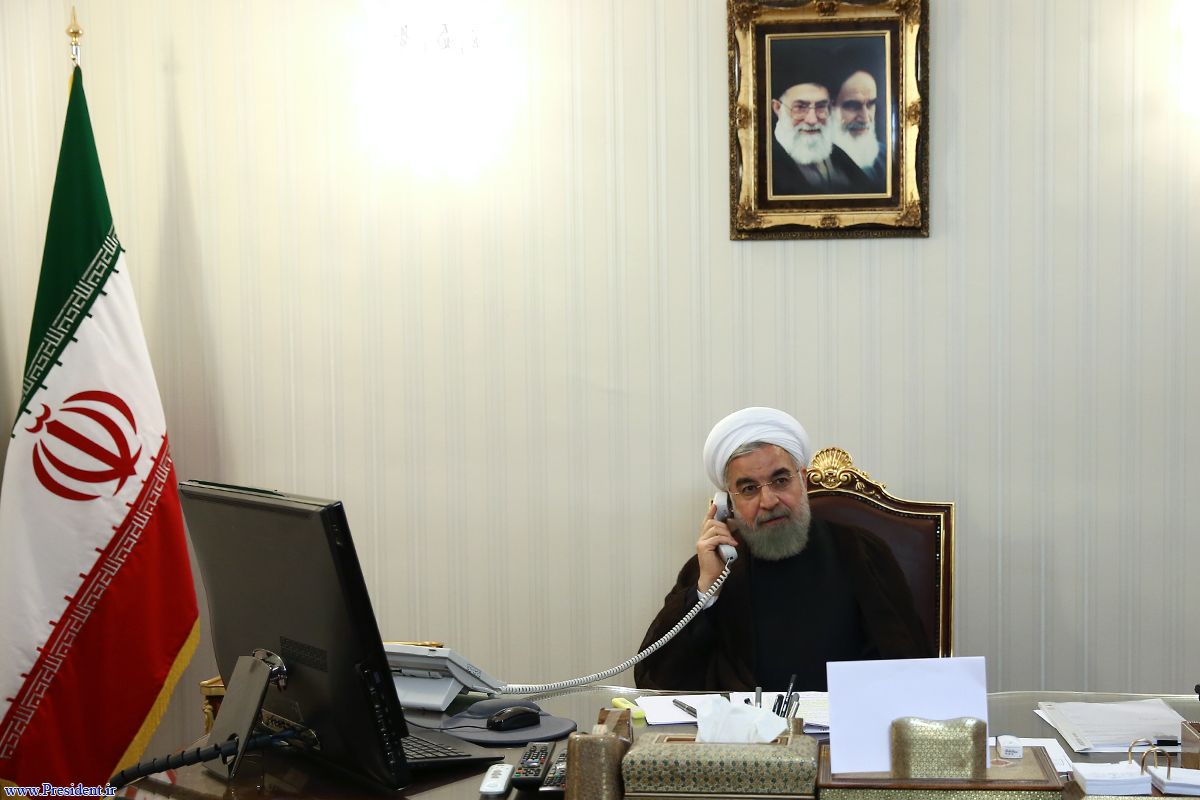
©MEI Exclusive In the recent 11-day Israeli-Palestinian armed conflict both sides reported a.....
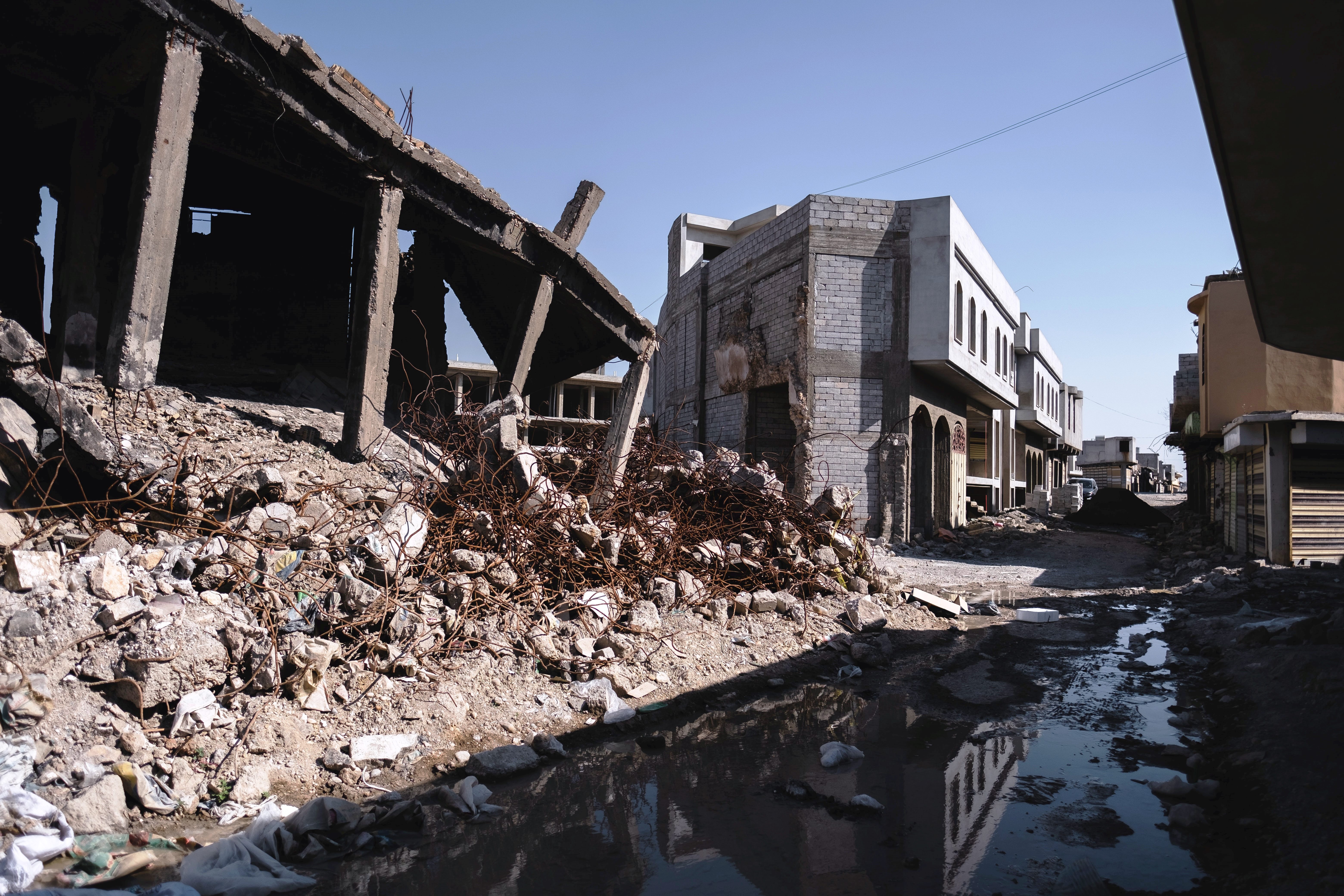
The twelfth MEI Speaks held on 16 September 2020 was a book discussion on Islamism, Crisis and Democ.....
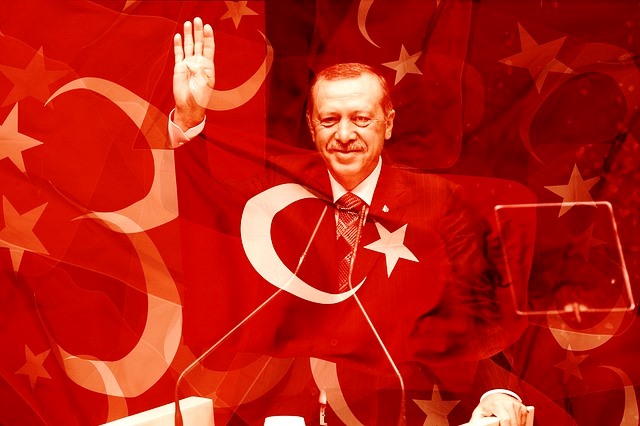
The eleventh MEI Speaks held on 9 September 2020 was a book discussion on Erdogan’s Turkey: Po.....
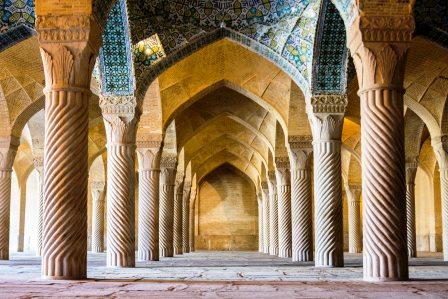
The tenth online MEI Speaks held on 2 September 2020 was a talk on Challenges Ahead: The Future of I.....

The ninth MEI Speaks on 26 August 2020 was a talk on Israel’s Bridge to the Gulf by Mr. Jason .....
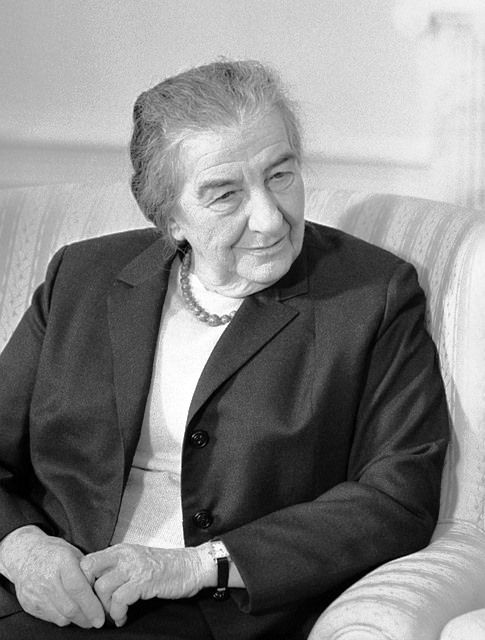
The eighth MEI Speaks held on 19 August 2020 was a book discussion by Professor Meron Medzini on his.....
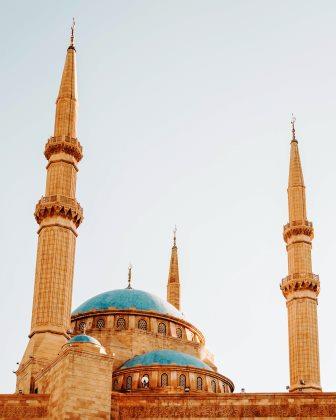
The fifth MEI Speaks held on 15 July 2020 was a talk on How Corruption Produced a Failed State in Le.....

The fourth online MEI Speaks held on 8 July 2020 was a talk on Israel’s Annexation Plans by Dr.....
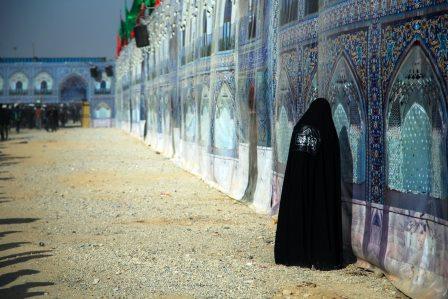
As part of MEI Speaks, the Middle East Institute (MEI@ND) organized its first online Book Discussion.....

As part of its outreach programme, on 10 June 2020, the Middle East Institute (MEI@ND) has lau.....
